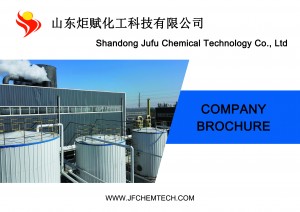Superplasticizer(I)
Post Date: 9,May,2022
(一) The adaptability of polycarboxylate superplasticizer and cementitious materials:

In practice, it has been found that Polycarboxylate Superplasticizer have obvious adaptability problems to different cements and different types of mineral admixtures, and sometimes they are even very picky. The adaptability between cement and polycarboxylate superplasticizer will be affected by many factors. Such as: cement components, specific surface area, alkali content, gypsum content and varieties all have an impact on the adaptability of Polycarboxylate Superplasticizer.
The saturation point of Polycarboxylate Superplasticizer for different cements is different, the water reduction rate is reduced, the slump loss of concrete is increased, the phenomenon of “bean curd residue” appears when the concrete lacks slurry, and the problems of bleeding, sedimentation and segregation, and difficulty in pumping , Sensitive to the dosage, the concrete cannot be opened or excessively released. For example, the content of polycarboxylate superplasticizer for A cement is 1.8% (solid content of 10%) to obtain a satisfactory state, while B cement needs to be mixed with 2.2% to obtain a better state, and sometimes once it exceeds 2.2% % of the dosage, the concrete mixture is prone to bleeding.
At present, in terms of the adaptability of Polycarboxylate Superplasticizer, the solutions are as follows:
(1) On the premise of ensuring the strength of the concrete, by adjusting the sand rate, the size ratio of the coarse aggregate, and increasing the amount of the concrete system slurry;
(2) The mother liquor is compounded with ether lipids and the dosage is appropriately increased. Generally, it is recommended that ethers and lipids 5:5 have better effect, and the dosage should be increased by 0.2%;
(3) Appropriately add or change its components, use air-entraining agents such as SJ, Degussa DY, foam stabilizer AR, K12, increase the proportion of slump-retaining agents, use sodium gluconate, sugar, phosphate, ATMP, citric acid , modified starch and other composite retarders, using soluble cellulose, xanthan gum, dextrin, modified soluble thickener, or adding “sulfur” or “alkali” to concrete can be improved;
(4) Change the molecular structure of polycarboxylic acid, and adjust some components in the synthesis process to adjust its adaptability.
For admixtures, the influence of fly ash is obviously greater than that of slag powder. Generally speaking, first-grade fly ash has good adaptability, while second- and third-grade fly ash is prone to incompatibility, especially third-grade fly ash. When the ash quality is poor, the effect of increasing the dosage of polycarboxylate superplasticizer in time still cannot be significantly improved. The main reason for this phenomenon is that the carbon content of secondary and tertiary fly ash with higher ignition loss is larger, and the adsorption capacity of carbon particles to admixtures is large, thereby reducing the adsorption of admixtures to cement, affecting the Concrete fluidity. When using grade III fly ash, increase the content of polycarboxylate water reducer by more than 50%, in order to achieve the water reduction rate when mixing grade one fly ash. In the face of today’s fly ash with complex quality and different components, it is necessary to strengthen the quality control of fly ash and strengthen the test when using polycarboxylate superplasticizer.
Post time: May-09-2022








